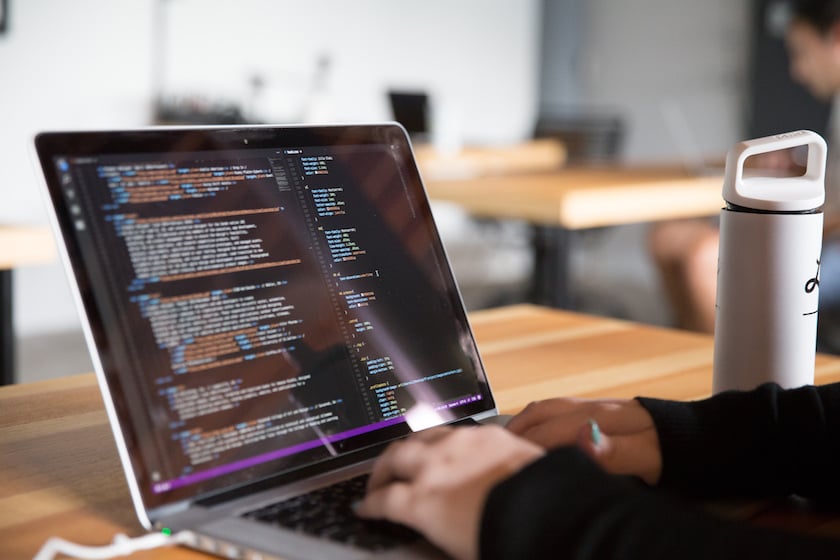A quick guide to deep learning - what is it and how can it be useful?
By Jimmy Cantrell
The human brain contains millions of neurons that allow us to process vast amounts of information from multiple sources. Our senses feedback data from our experiences to our brains, which organizes the data into patterns to allow us to understand the world around us.
Deep learning is a subset of machine learning that uses algorithms built on neural networks modeled after the human brain. With multiple layers working together inside the computer, artificial neurons or ‘nodes’ use mathematical calculations to process data to solve complex problems, much like how our own brains do.
In this short guide, we explore how deep learning works in more detail and how it can be useful in our day-to-day lives.
- 0 Comments
- Mar 27, 2024 8:40:32 AM
- Posted by Natalia Galvis
- Topics: Artificial Intelligence, AI, AI LAB
Santa's Special Gift: A NAO Robot for Chase, a Kid with Autism
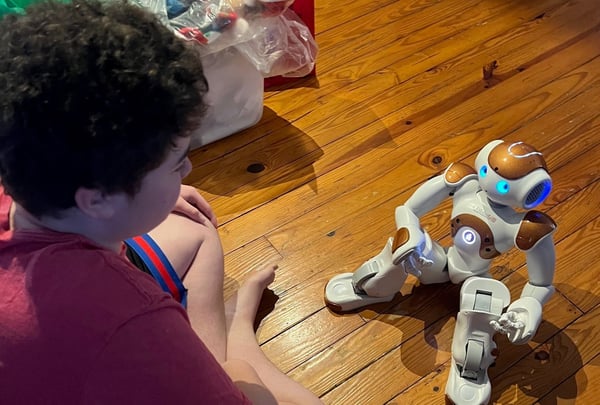
Every holiday season, stories of heartwarming miracles and unexpected gifts remind us of the magic of Christmas. This year, we bring you the heartwarming tale of a young boy named Chase, who has autism, and his extraordinary Christmas wish that came true. Chase asked Santa for a very special gift - a NAO robot. Little did he know that this amazing present will bring a positive transformation in his life.
- 0 Comments
- Dec 26, 2023 11:16:04 AM
- Posted by Natalia Galvis
- Topics: EdTech, STEM, teachers, Coding, programming, Edchat
The Decline in Educational Performance: A Robotics Intervention
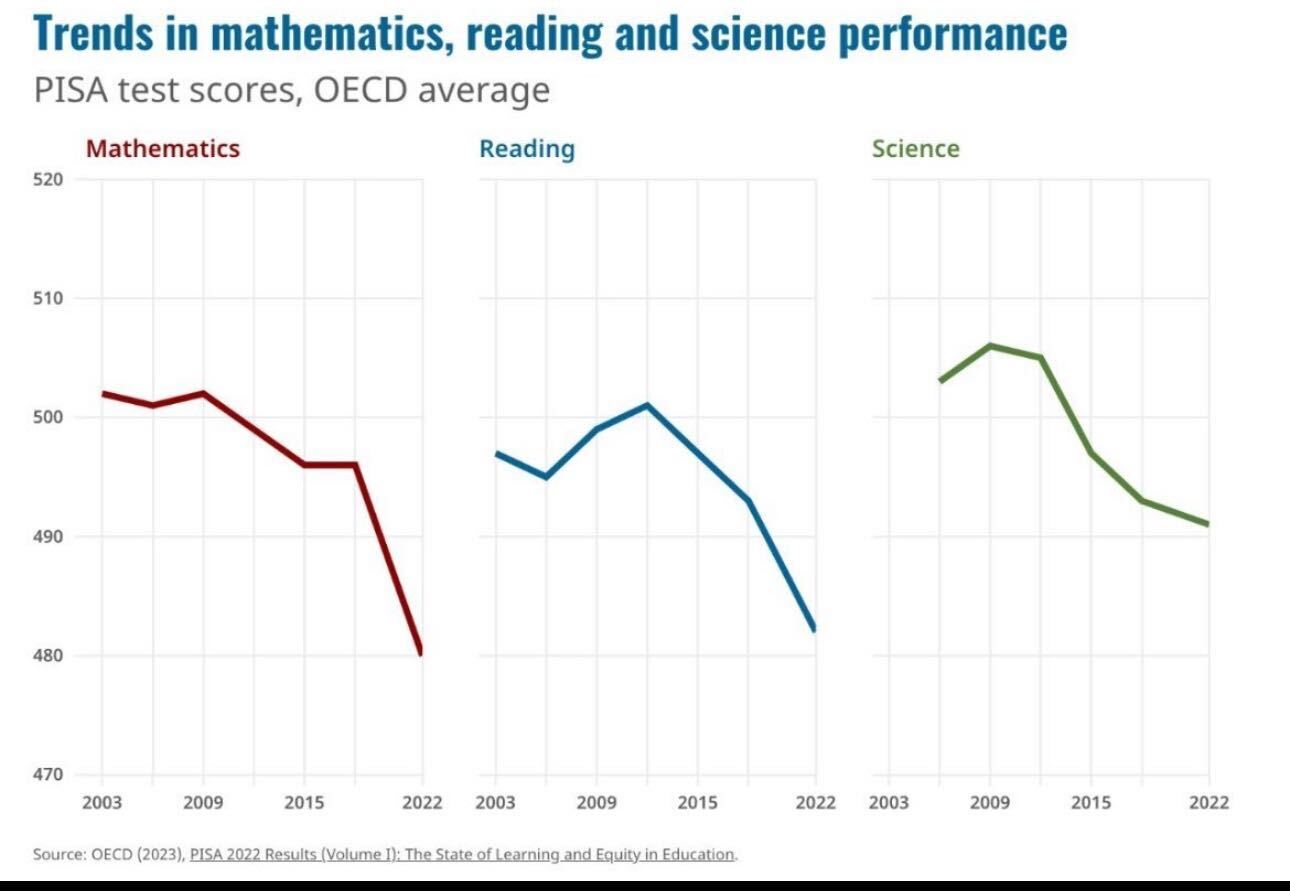
Image Source: https://www.oecd.org/publication/pisa-2022-results/
The recent PISA test scores for OECD countries reveal a concerning trend: a noticeable decline in mathematics and science performance among students. These subjects are pillars of modern education, underpinning critical thinking and problem-solving skills necessary for the workforce of tomorrow. Reading, while seemingly stable, also requires renewed focus to ensure comprehensive literacy. In the wake of these findings, it's imperative to find innovative approaches to re-engage students. Robotics education offers a multifaceted solution to this challenge, providing a dynamic learning experience that can reignite students' passion and proficiency in these key areas.
- 0 Comments
- Dec 13, 2023 10:00:42 AM
- Posted by Natalia Galvis
- Topics: EdTech, STEM, teachers, Coding, programming, Edchat
Innovative STEM Education: Crafting IoT Solutions
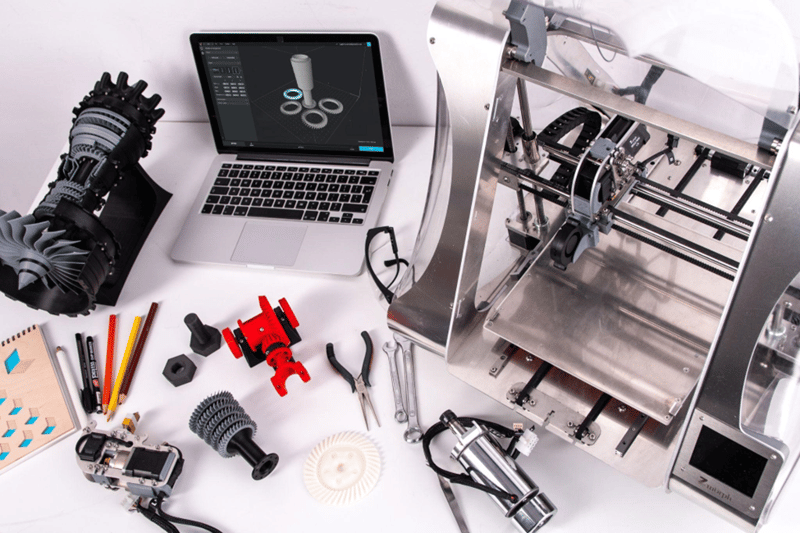 Image Source: Unsplash
Image Source: Unsplash
- 0 Comments
- Dec 6, 2023 2:14:40 PM
- Posted by Natalia Galvis
- Topics: EdTech, STEM, teachers, Coding, programming, Edchat
Looking to the Future of Education
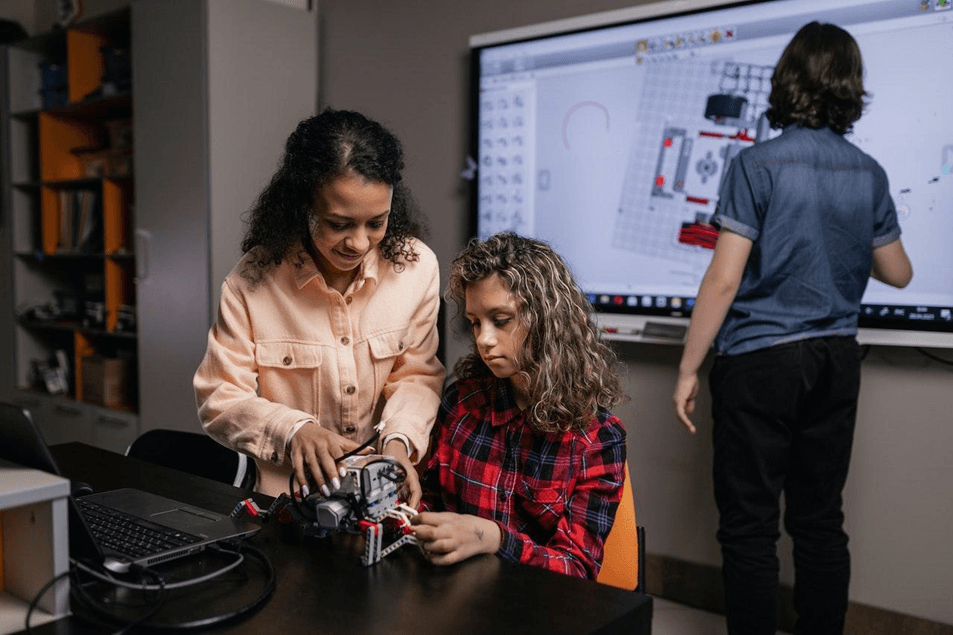 Image Source: Pexels
Image Source: Pexels
By Katie Brenneman
Education is essential to the development of each generation. Yet, it’s important to recognize that education also develops. New tools and priorities influence both what is taught and how the information is passed on.
Our contemporary society is particularly influenced by the growth of the digital landscape. Artificial intelligence (AI), virtual reality, and other tools are quickly becoming core components of everyday life. So, how is this likely to affect the future of education? Let’s take a closer look at what we can expect.
- 0 Comments
- Oct 26, 2023 11:48:20 AM
- Posted by Natalia Galvis
- Topics: EdTech, STEM, teachers, Coding, programming, Edchat
Introducing Students to New & Evolving STEM Careers
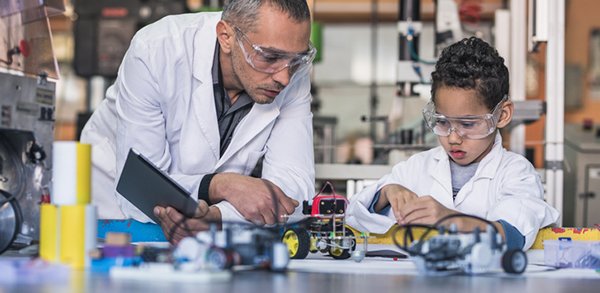
In the fast-paced world of STEM (Science, Technology, Engineering and Mathematics), educators need to stay ahead of the curve. As robotics and STEM educators, you play a crucial role in preparing the next generation for the evolving landscape of STEM careers. Here are some ways to introduce students to new and exciting career opportunities to ensure a diverse and well-matched workforce.
- 0 Comments
- Oct 19, 2023 6:21:27 PM
- Posted by Natalia Galvis
- Topics: EdTech, STEM, teachers, Coding, programming, Edchat
Promoting Diversity and Inclusion In Robotics Education
By Devin Partida
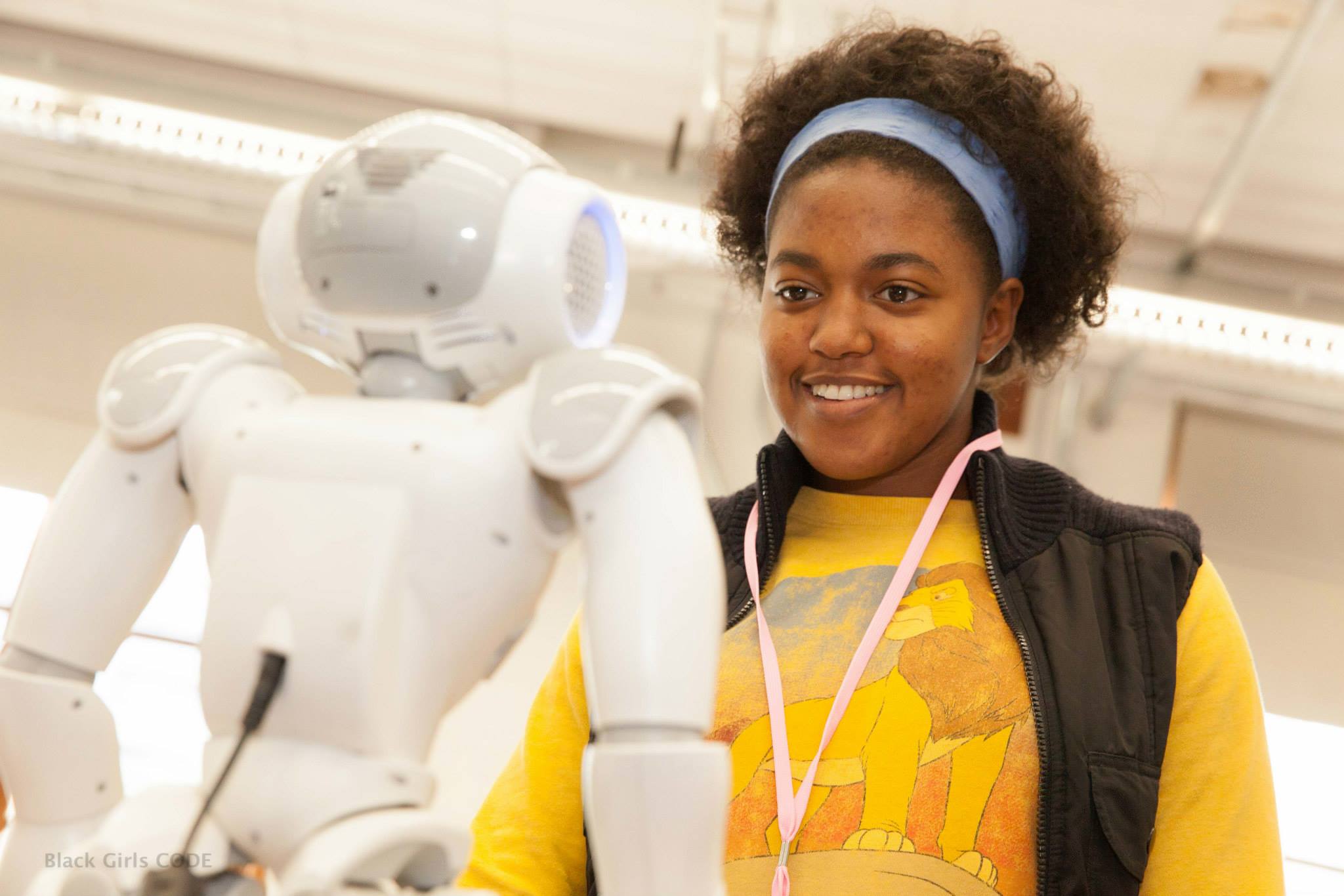 Image source: Black Girls Code
Image source: Black Girls Code
Diversity and inclusion are vital to creating a robotics education curriculum that invites all students to explore STEM. Many teachers today, at all levels, are working hard to make their approach more inclusive and equitable for all kids.
It can sometimes be confusing working out where to get started. These tips can be used in any classroom, for any type of course. They’ll give you a place to start building your inclusive robotics education strategy from so you can make the world of STEM accessible to all students.
- 0 Comments
- Aug 11, 2022 10:17:23 AM
- Posted by Natalia Galvis
- Topics: Robotics, EdTech, STEM, Artificial Intelligence, Robots,, AI, classroom, Inteligencia Artificial, school robots
Use Cases For Robotic Process Automation At Educational Institutions
By Carla Jose
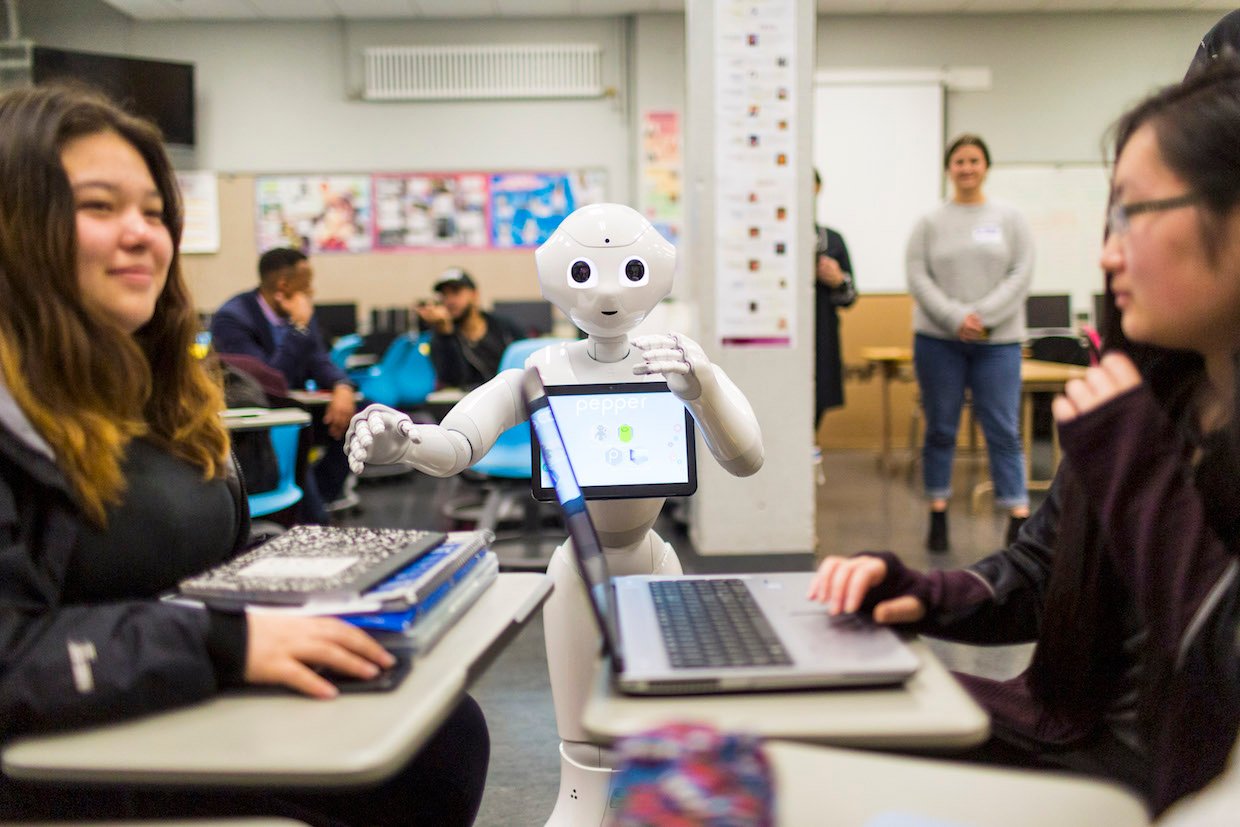 Image source: Softbank Robotics
Image source: Softbank Robotics
Whether it is creating a favorable learning environment or holding teacher-parent meetings, administrative and educational processes in universities, colleges, and schools are filled with a lot of paperwork and repetitive processes.
These processes consume a lot of resources and time, things that can be used in other areas to improve learning experiences. If you visit most universities around the globe, do not be surprised to find that they are largely understaffed.
The ratio of staff to students even gets worse in the peak season, meaning that a solution is needed as soon as possible. Fortunately, Robotic Process Automation (RPA) can help administrators and educators to automate processes and tasks in a bid to create a better working and learning environment.
- 0 Comments
- Jul 21, 2022 12:12:20 PM
- Posted by Natalia Galvis
- Topics: Robotics, EdTech, STEM, Artificial Intelligence, Robots,, AI, classroom, Inteligencia Artificial, school robots
Is Google Arts and Culture a Good Replacement for Google Expeditions?
Since Google Expeditions was discontinued on June 30, 2021, Google redirects everyone to use the Google Arts and Culture app and presents it as a replacement for Expeditions.
Google listed a lot of content from all around the world in the app, but is it a good solution for in-class virtual reality field trips?
Google Arts and Culture app include many of the experiences that were available on Google Expeditions. However, we at RobotLAB tried and tested the app and there are major differences and issues we wanted you to be aware of.
Our teacher partners have shared with us their thoughts on Google's alternative, and they all mainly agree:
Google Arts and Culture is a great source for content, but NOT suitable for in-class virtual field trips.
- 0 Comments
- Aug 14, 2021 4:30:00 PM
- Posted by Natalia Galvis
- Topics: EdTech, STEM, Curriculum, teachers, Coding, students, Expeditions, VR, Realidad Virtual, Edchat, Digital Technology, Google Expeditions, teaching, online, Virtual Reality, Expeditions 2.0
How to Teach 3D Printing in Distance-Learning Classrooms
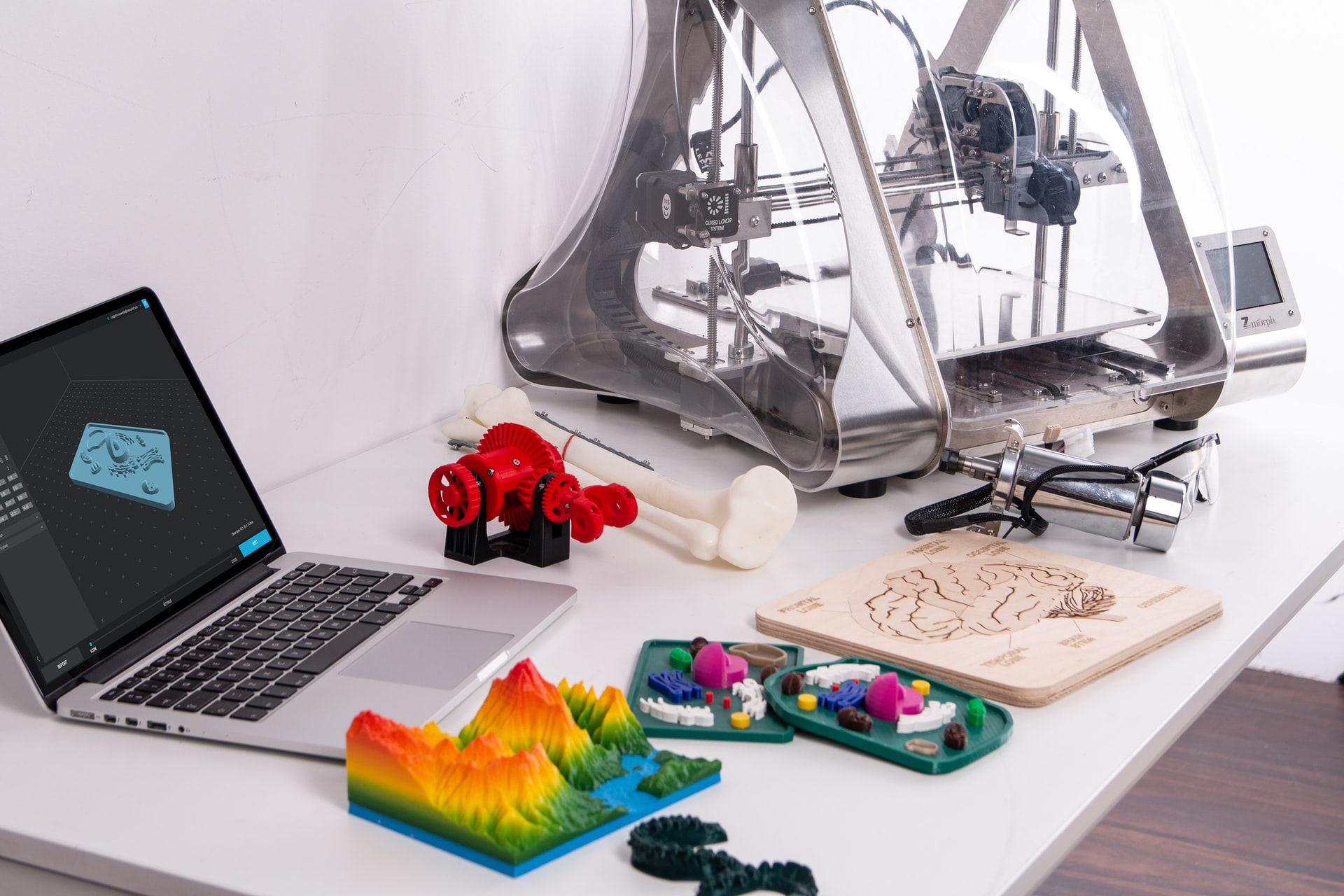 Photo by ZMorph All-in-One 3D Printers on Unsplash
Photo by ZMorph All-in-One 3D Printers on Unsplash
As 3D printing technology continues to develop, it’s no surprise that more educational institutions are teaching students how to use it to their advantage.
3D printing is found in various career fields, so introducing children to it at a young age can help them identify what they’d be interested in doing as they grow older. Educators must be trained and informed about this technology to pass their knowledge on to generations that will eventually make up the workforce.
As the pandemic continues to impact all facets of our lives, some K-12 schools are adopting hybrid learning models — where students participate both in-person and online. Many educators had to learn new technologies to accommodate this change and adapt to new learning platforms.
3D printing is a growing technology with various applications that will likely become commonplace in educational institutions. One of its significant benefits is the ability to create models using remote software.
For example, if a student creates a model on their home computer, it can be sent to the school for the final printing phase. Teachers can then provide feedback in-person, through email, or on a learning platform, like Moodle or Blackboard.
You may be wondering how to teach students about 3D printing outside the classroom. Here are some alternative methods and how you can assist students with this new academic topic.
- 1 Comments
- Aug 13, 2021 10:00:00 AM
- Posted by Natalia Galvis
- Topics: Robotics, STEM, Curriculum, Learning, Innovation, Makerspace, 3D-Printer, teaching, distance learning, Online Learning, 3D printing
Relevant Posts
Popular Posts
Subscribe to Email Updates
-
I Want To Learn MoreADDITIONAL INFORMATION


